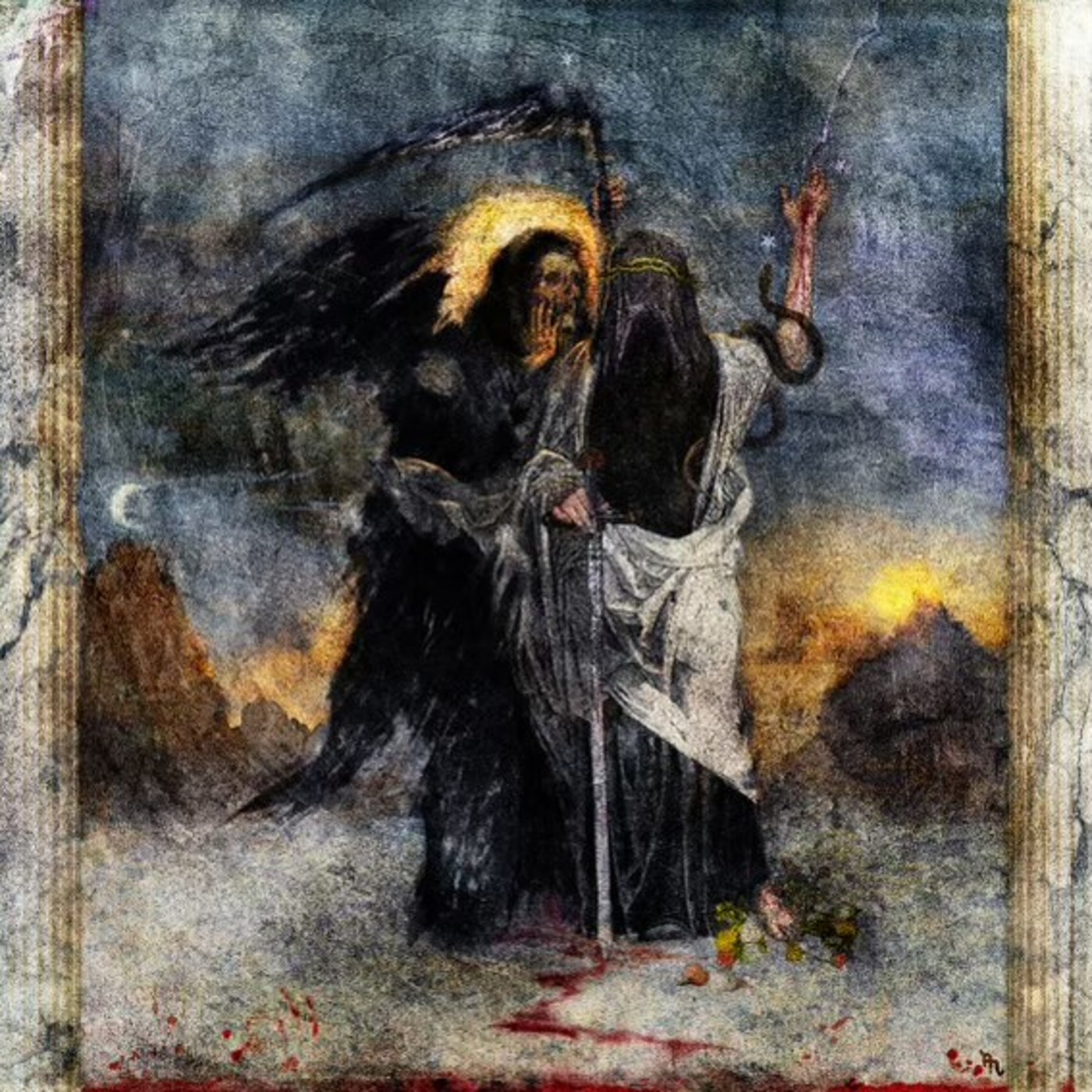Putting pressure on artists to release new material will only lead to watered-down tunes built for streaming.
Every Thursday night, like clockwork, the world prepares itself for a new batch of new music. These drops can be surprises or the result of a meticulous marketing campaign designed to attract the most amount of listeners as possible. Since there’s so much new content every week, it can become easy to forget about an artist who’s been laying low for a long time.
Look at Bryson Tiller, one of R&B’s hottest up-and-comers in 2015. He was able to coast off the monster single “Don’t” with all the hype he’d drawn to himself. With that, he had a lot to live up to when he released T R A P S O U L, his debut album that same year. He followed it up with the middling True to Self in 2017 that came and went with little fanfare. After his sophomore effort though, Tiller disappeared. Despite some one-off singles in 2018 and 2019, his fans weren’t sure what to make of his lacklustre output.
In the meantime, a whole new wave of R&B artists rose to the occasion and dropped music that borrowed from Tiller’s sound. Since streaming makes it so easy to just listen to something new, it’s just as easy to forget the artist who helped guide a new generation of crooners.
Fans will always be a pestering bunch. They’ll love an artist when they release something new but will pester them on social media if they’ve been quiet for anything more than a few months.
The pressure adds up. Not only is there weight on the artist’s shoulders to release something new and better than their last release but there’s a lot to lose from a monetary point of view.
If the album flops, then people will look elsewhere to scratch the itch they have for music that their favourite artist makes. So for Tiller, his comeback would not only have to be good, but it would have to be on or surpass T R A P S O U L’s level of quality to maintain the squirrel-like attention span fans have today.
Even Spotify CEO Daniel Ek adds to the already overwhelming pressure by stating that artists can no longer release an album every three to four years because it won’t generate enough revenue to sustain them.
His comments naturally faced a lot of backlash. Spotify’s payout to artists is notoriously low so his comments imply that an artist should have to release something new every few months in order to make a good living, which could hinder their creative process.
So what does an artist like Bryson Tiller do? He can’t coast off the success of T R A P S O U L forever and if he’s not in the right mental space to create more music, then he shouldn’t feel obligated to pump out music.
Certain artists can live off the success of a few albums. Tame Impala had been riding the acclaim of Currents, released in 2015, up until the release of The Slow Rush in February of this year. Frank Ocean’s Blonde is still raking up streams despite it being four years old. With such popularity, why should artists feel obligated to follow up a masterpiece so quickly? If your name is Daniel Ek and you own Spotify, then the obvious answer is money.
Releasing new music has always been about making money for record labels and now streaming services. They don’t care how artful or beautiful the music actually is as long as it sells. And for certain artists, it works.
Westside Gunn recently put out his third full-length project of the year and on every release day, his fans flock to it and listen, even if they fear that he might be oversaturating his own market. However, if he’s accumulating a lot of streams, then that’s three times the amount of money he would have made if he only released one. Gunn has about 40 new songs this year and each stream brings in more cash. He’s up to the task and he gets it done, but not every artist is built that way.
This year, with the COVID-19 pandemic, the only real way for artists to make money is to release new music and sell merch. They can’t tour, which is their biggest source of income. So for Ek to come out and say that artists need to be releasing new material every few months, then it only adds to the pressure of having to top your previous album.
When Bryson Tiller announced his third record, A N N I V E R S A R Y, it felt like he was, for the first time since T R A P S O U L, ready to release the music he’d made on his own accord. And for the most part, Tiller’s latest album sounds like he truly cared about it.
Though it might be harder for him to get back the popularity he had in 2015, at least he’s doing things on his own terms and not following the guidelines of a selfish streaming corporation that forces him to release music the same way Nerf pumps out Fortnite guns.
The gap between albums should not only be allowed but encouraged for artists who don’t have the creative bandwidth to create art every few months. We can’t expect artists to be our guinea pigs for new content when they live their lives just as much as we do. It’s unfair. So before you comment “New music please!” under your favourite artist’s tweets, take a minute to reflect and see how that might not be in their best interest.
